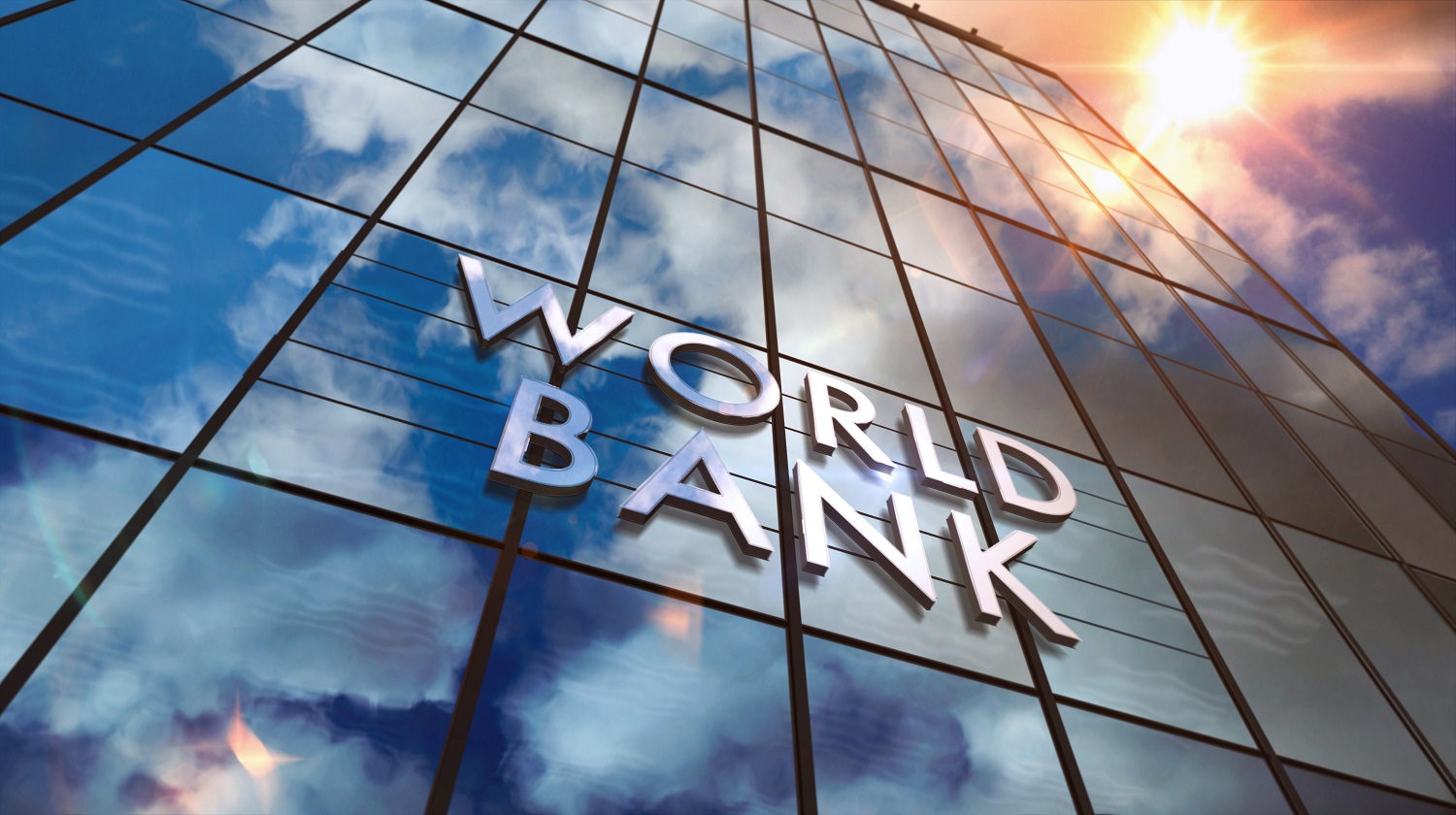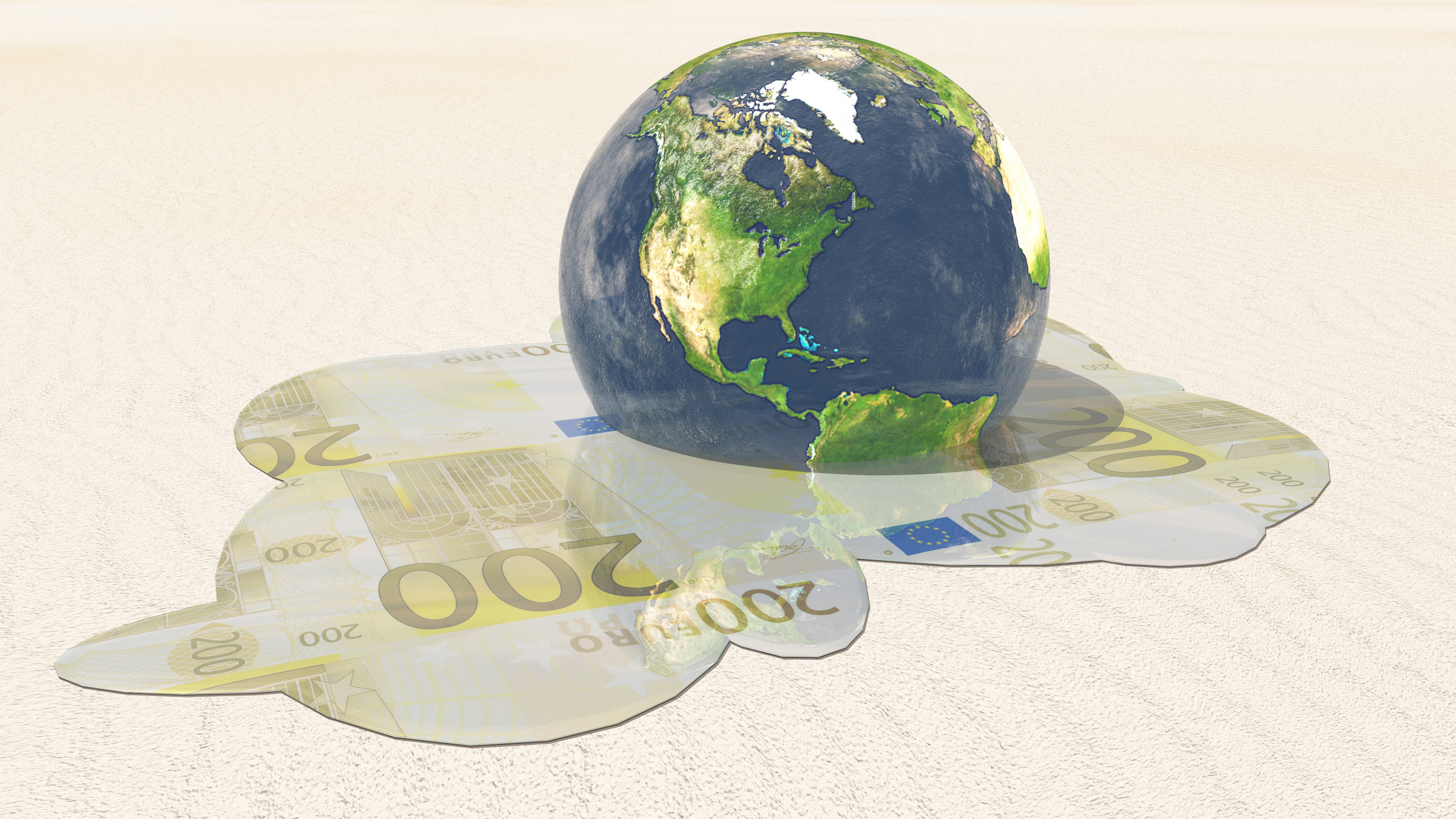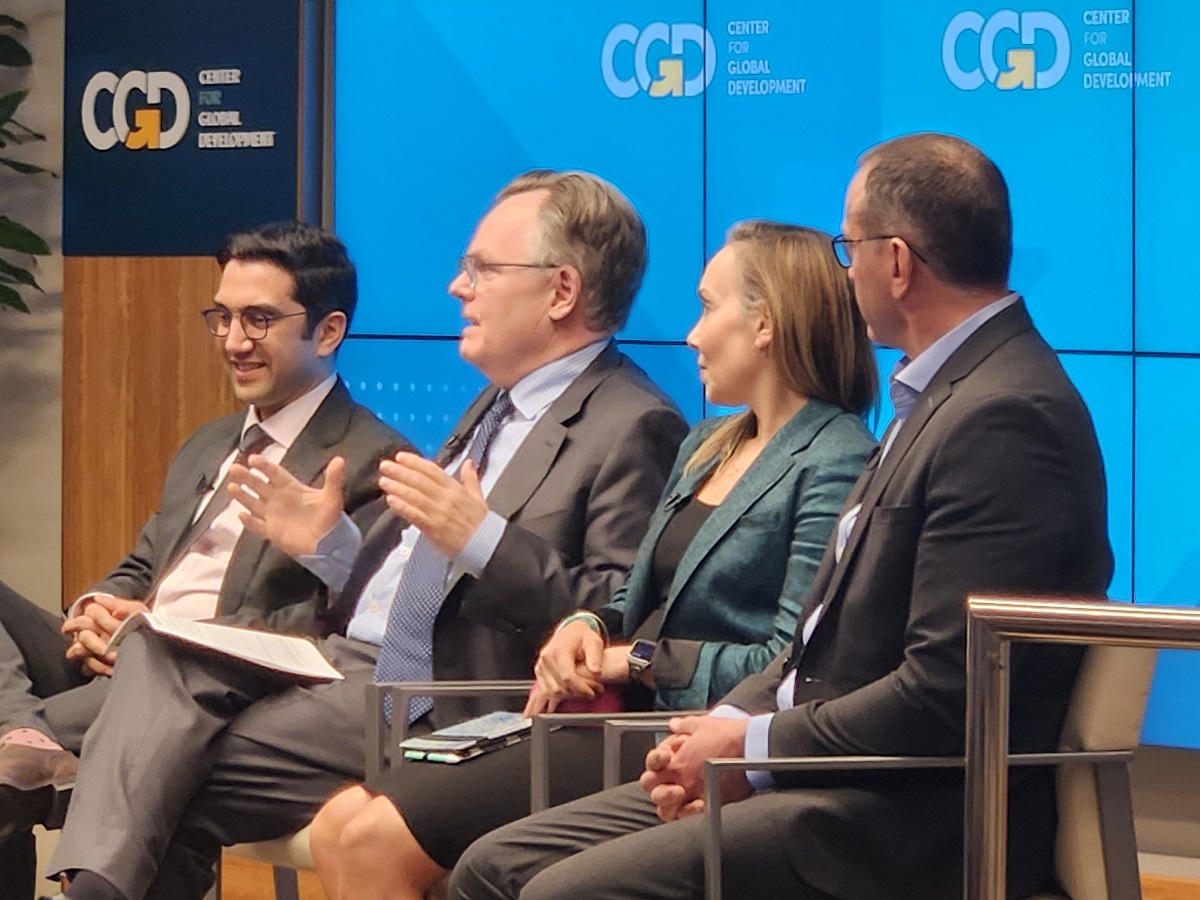Recommended
Introduction
In the fall of 2022, World Bank shareholders (member governments, including the United States) called for a suite of reforms aimed at better enabling the institution to respond to today’s global development challenges, such as pandemics, climate change, and natural disasters. The World Bank is one of the largest sources of development finance, providing resources to low- and middle-income countries around the globe. Its overarching goals are to reduce extreme poverty and promote shared prosperity.
The reform agenda is being negotiated by representatives of World Bank shareholders and the institution’s management, which put forward an evolution roadmap laying out key issues for discussion. Among these issues is whether the World Bank should take on a bigger and stronger role in addressing major global challenges. The United States has been a leading voice in the push for World Bank evolution (see below). However, some shareholders have voiced concerns that the evolution agenda could detract from the bank’s core development mission or create financing trade-offs in the absence of significant new resources.
“Last fall, I issued an urgent call ahead of the World Bank and IMF annual meetings for the evolution of the multilateral development bank system. My reasoning was simple: The world has changed, and we need these vital institutions to change along with it. In today’s world, it’s important that the multilateral development banks make progress on their core mission of poverty reduction and inclusive economic growth. But it’s also important that they take decisive action on global challenges like climate change, pandemics, and conflict and fragility. These goals are all essential, and they’re closely linked.”
— US Treasury Secretary Janet Yellen, February 9, 2023
Why evolution?
Shareholders supporting the World Bank’s evolution, included the United States, argue the institution’s country-based approach fails to adequately address shared global challenges. The compounding nature of challenges related to health security, climate, and crises contributing to protracted displacement, is taking a toll on countries and setting back development gains. Still, under the current country-led financing model, governments have little incentive to borrow from the World Bank for programs where the benefits are not directly captured by their country. For example, the national returns of preserving a tropical forest that spans across multiple countries may pale in comparison to the short-term economic losses.
Recent crises underscore the limits to the bank’s existing country-led model. For instance, despite calls for the bank to provide an early guarantee of financial commitment to COVAX—the multilateral platform for supplying COVID-19 vaccines to lower-income countries—the bank’s existing financial framework constrained it from deploying timely capital, delaying vaccine deliveries to low- and middle-income countries.
Where the World Bank has stepped up to address these shared issues, it has frequently set up special facilities (e.g., trust funds) outside of its standard model. For instance, the World Bank established the Global Concessional Finance Facility in 2015 to support middle-income countries hosting large numbers of Syrian refugees. Some shareholders championing reform argue it’s impractical and inefficient for the World Bank to create new windows, funds, and approaches for each new challenge.
Overview of the World Bank Group The World Bank Group is a global organization made up of five entities with complementary roles in promoting global economic development. Of the five, three offer loans and other forms of financing, one offers insurance, and one provides arbitration.
(1) The International Development Association (IDA) provides grants and concessional (e.g., below market) loans primarily to low-income countries. IDA is one of the largest sources of development assistance for poor countries, most of which are in sub-Saharan Africa. IDA is funded by donor governments and requires new financing roughly every three years.
(2) The International Bank for Reconstruction and Development (IBRD) provides loans mainly to creditworthy middle-income countries at market rates, usually below what they can access on their own. As an AAA entity, the IBRD can borrow on international capital markets at attractive rates and relend these funds, charging a slight premium to cover operating expenses. It does not require regular support from donors, but from time to time they have provided new capital to enable the World Bank to scale up lending (e.g., during the global financial crisis).
(3) The International Finance Corporation (IFC) supports private sector development by investing in companies through loans, equity investments, debt securities, and guarantees, and by mobilizing capital through loan participation. Over the last three financial years, these lending arms of the World Bank Group have committed $232 billion and disbursed $182 billion.
The two non-lending arms of the World Bank Group are:
(4) The Multilateral Investment Guarantee Agency (MIGA), which provides guarantees (political insurance and credit enhancement) to investors and lenders seeking to do business in World Bank client countries.
(5) The International Centre for Settlement of Investment Disputes (ICSID), which acts as a third-party dispute settlement recourse for investors and governments. The goal is to promote international investment by increasing confidence in an impartial dispute resolution process.
For more background, see ABCs of the International Financial Institutions: The World Bank
Figure 1:
The reform effort: The Evolution Roadmap
In January 2023, the World Bank produced an Evolution Roadmap, which was revised and updated in March 2023. The purpose of the roadmap is to guide shareholder discussions and build a consensus around reforms, with the goal of reaching agreement on major proposals by the 2023 Annual Meetings to be held October 13-15. It underscores three critical areas of reform.
1. Review the World Bank Group’s vision and mission. This is focused largely on how to integrate and finance global challenges into the World Bank’s mandate without diluting the bank’s focus on poverty and inclusive growth.
2. Review the World Bank Group’s operating model. This is focused on how the World Bank could improve efficiency, scale up impact, engage more effectively at the regional and global levels, and strengthen response capacity.
3. Explore options to enhance the World Bank Group’s financial capacity and model. This is focused on reforming financial policies to free up capital that could be used for additional lending. A G20 independent report on multilateral development bank capital adequacy (the CAF report) drew new attention to opportunities to make the most of existing institution balance sheets.[1] The report, released in July 2022, proposes a series of reforms to free up significant additional capital even absent new shareholder resources.
Who could benefit from possible reforms?
The proposed reforms are expected to have positive implications for middle-income and upper-middle-income countries, which borrow from the IBRD—the World Bank’s hard loan window. The reforms would allow IBRD to scale up its lending and potentially provide cheaper sources of financing for these countries to invest in global public goods.
To date, the reform agenda has not focused on IDA—the bank’s arm that serves primarily lower-income countries. Demand for IDA financing has been at a record high since the COVID-19 pandemic, and IDA provided a record $42 billion in financing in 2022. While not directly linked to the evolution roadmap, in May, the World Bank announced a special fundraising campaign to help the most vulnerable borrowers manage the impact of food and energy prices spikes as well as extreme weather events.
Action to date
In the run-up to the World Bank Spring Meetings in April 2023, the World Bank board and management held extensive discussions on the mandate and vision question and examined the scope for financial reforms. While no final decision has been reached on a revised mandate, shareholders agreed that the World Bank’s goals of ending extreme poverty and promoting shared prosperity should remain at the core of its vision, while acknowledging the need for a stronger focus on sustainability, resilience, and inclusiveness.
On financial reforms, management revisited the World Bank’s financial capacity and suggested revisions to its capital adequacy framework. If adopted, these reforms could add up to $50 billion in new lending over the next 10 years. This would add roughly $5 billion per year in new lending above the current annual commitments (which average of $30.3 billion)—a roughly 16.5 percent increase. One of the proposals, to remove the Statutory Lending Limit from the bank’s Articles of Agreement,[2] would require congressional approval.
What’s next?
While the reform process could take several years, the next few months will be critical if its champions hope to sustain momentum and see results. Amid negotiations on the Evolution Roadmap, the World Bank’s new president, Ajay Banga, took office. President Banga articulated his ideas for World Bank reform during an event at the Center for Global Development in April, including plans to focus on job creation, increasing access to and use of digital technology, leveraging the World Bank’s existing finance, and using private capital markets—domestic and international—more effectively. President Banga focused on similar issues in his June interview with CNN’s Fareed Zakaria.
If negotiations proceed smoothly, management is expected to seek approval from World Bank shareholders for its first set of reforms during the next annual meeting in mid-October.
Outstanding questions in the reform agenda
Though there’s interest from some in seeing this agenda advance quickly, a number of fundamental questions about the details of a World Bank evolution remain:
- Does the World Bank need a third goal?
- How can IBRD create incentives for countries to borrow for global projects?
- How many additional resources can be created through balance sheet optimization measures?
- Will the bank target the world’s most climate-vulnerable countries using concessional climate finance?
- How will the World Bank ensure contributions for climate subsidies in middle-income countries don’t come at the expense of future IDA rounds?
Further reading
- The Center for Global Development’s Wish List for the World Bank’s Evolution Roadmap
- The Spring Meetings Should Launch a Climate-Dedicated IBRD Capital Increase
- A Bank for the World?
- Concessional Finance for Addressing Climate Change: A System Ripe for Reform
Thanks to Erin Collinson, Justin Hurley, Clemence Landers and Scott Morris for comments and suggestions on an earlier draft.
[1] A capital adequacy framework measures a financial institution’s ability to honor its financial obligations if its debtors are unable to pay back what is borrowed. Measures can be risk-based or focus on financial leverage. Unlike other financial institutions, multilateral development banks are not regulated, and shareholders have sole authority over the capital adequacy policy.
[2] The World Bank is governed by its Articles of Agreement, which contain a Statutory Lending Limit (SLL) in Article III, Section 3. This SLL prevents the World Bank from providing loans and guarantees in greater value than what the World Bank holds in equity.
Rights & Permissions
You may use and disseminate CGD’s publications under these conditions.







